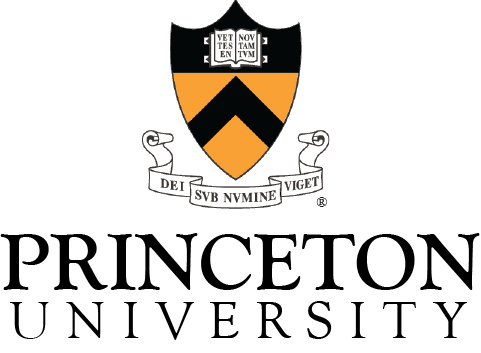There tens of thousands of tons of spent nuclear fuel stored in nuclear power plant cooling pools in the U.S. There is no permanent geological repository for this nuclear waste and more piles up every year from the ninety-eight operating U.S. commercial nuclear power plants. At the current rate of production, there will be one hundred and twenty six thousand metric tons of spent nuclear fuel by 2040. The soonest that the U.S. could have a permanent geological repository is 2050. Researchers around the world are working on ways to reduce the volume and radioactivity of spent nuclear fuel.
Researchers from the U.S. Department of Energy’s Argonne National Laboratory are working on a way to use 3D printing to create a new process for reusing spent nuclear fuel that would allow as much as ninety-seven percent to be recycled. Existing processes for recycling top out at ninety-five percent. Even though two percent may seem like a small increase, it would still substantially reduce the volume and radioactivity of spent nuclear fuel.
Andrew Breshears is an Argonne nuclear chemist, and co-author of a report on the research. He said, “Rather than store five percent for hundreds of thousands of years, the remaining three percent needs to be stored at a maximum of about one thousand years. In other words, this additional step may reduce the length of storage almost one thousandfold.”
The Argonne researchers have found that ninety seven percent of the fissionable elements found in spent nuclear fuel can be recycled. Their new process involves the use of the existing Actinide Lanthanide Separation Process (ALSEP) which was first introduced commercially in 2013. This process separates what are called minor actinides which include neptunium (Np), americium (Am), and curium (Cm).
A liquid to liquid extraction is used in the new process because such methods are fast and have compatibility benefits. The new process is being designed to be the simplest standardized method possible based on minimum adjustments and producing maximum stability. A 3D printing process was used to create a bank of 1.25 centimeter centrifugal contactors. Once properly connected, the bank of contractors enables a continuous reprocessing loop.
The new process begins where the Plutonium Uranium Reduction Extraction (PUREX) process ends. The PUREX process produces spent nuclear fuel waste from which uranium, plutonium and neptunium have been removed. The liquid produced by PUREX is injected into one side of a row of twenty 3D printed contactors. A blend of industrial chemicals designed to separate actinides is injected into the other side of the row of contactors. The centrifuges are then spun which creates an outward pressure that separates the substances being spun.
During tests at Argonne’s research laboratories, americium and cesium were separated from the PUREX liquid at over ninety-nine percent. The test results indicate that the new process will be scalable to an industrial level.
The centrifugal contactors were critical to the new process. The 3D printing allowed the complex fluid devices to be manufactured with internal channels as a single component. Multiple contactors stages were integrated into single multi-stage modules which reduces the work required during installation. It also eliminates potential failure points.
The 3D process which produces the contactors speeds up the process of producing functional systems. The design of the contactors adds an extra layer of protection against nuclear proliferation. The tubes that connect the twenty contactors are inside of the devices. This would make it very hard to divert radioactive materials to nuclear weapons programs.
The separation process follows a thirty-six phase blueprint and it takes over twenty hours to complete a run. The new method is in the early stages of development. The researchers are continuing work on new ways to reduce the size of the equipment and increase the percentage of separation.
The Argonne team have been experimenting and developing new applications of 3D printing technology for years. In March of 2020 they announced that they had been successful in scaling up the recycling of the molybdenum-99 isotope through the use of 3D printed parts. They expect that the new apparatus will increase the efficiency of the recycling process. This will allow producers to extract more Mo-99 from their valuable enriched molybdenum reserves.
